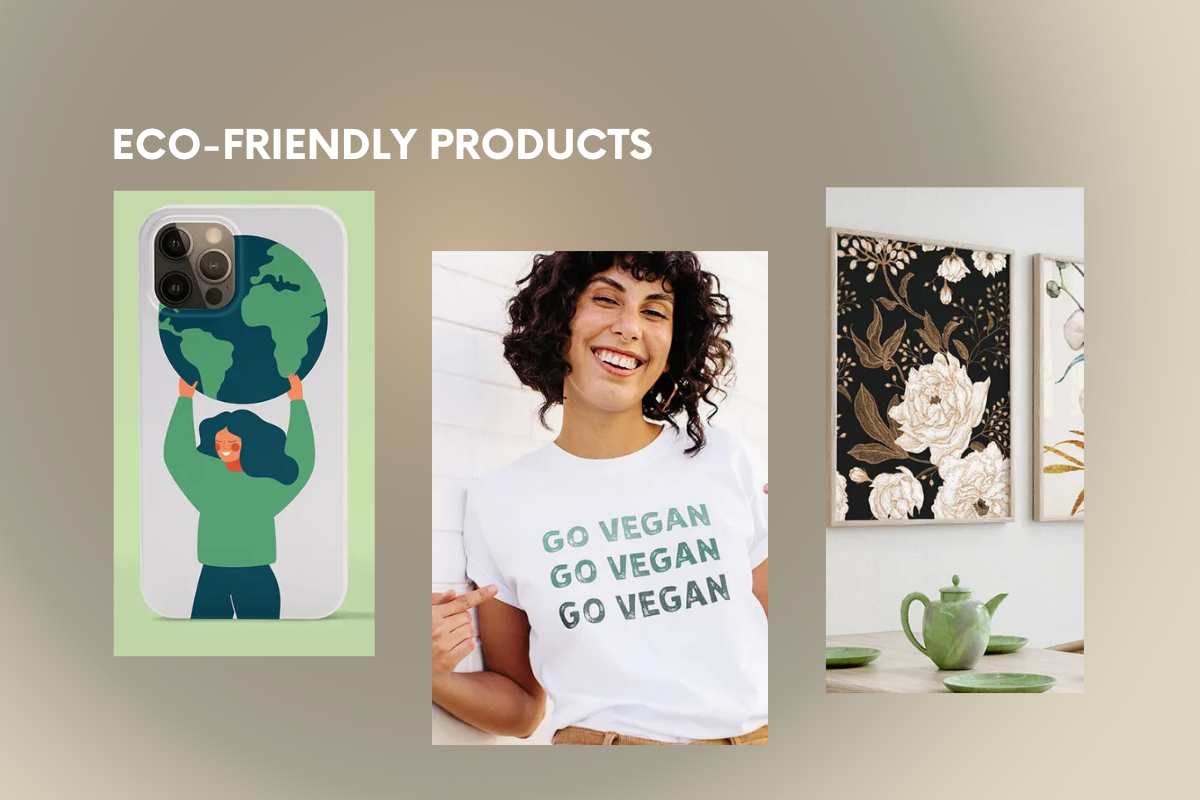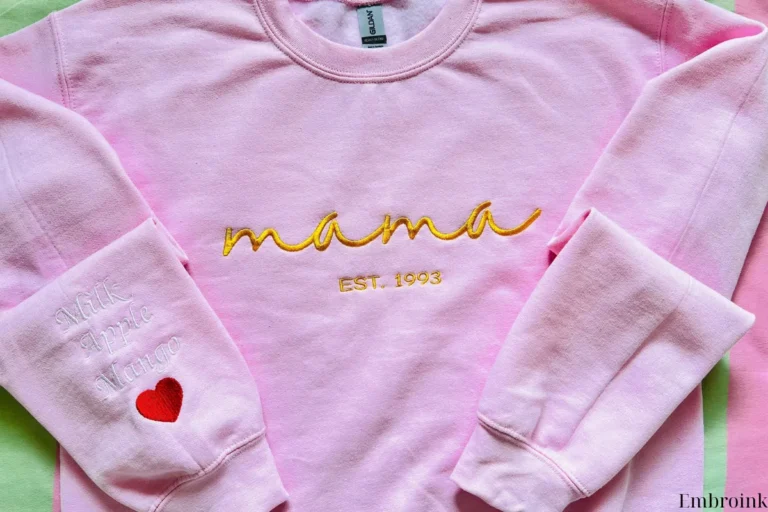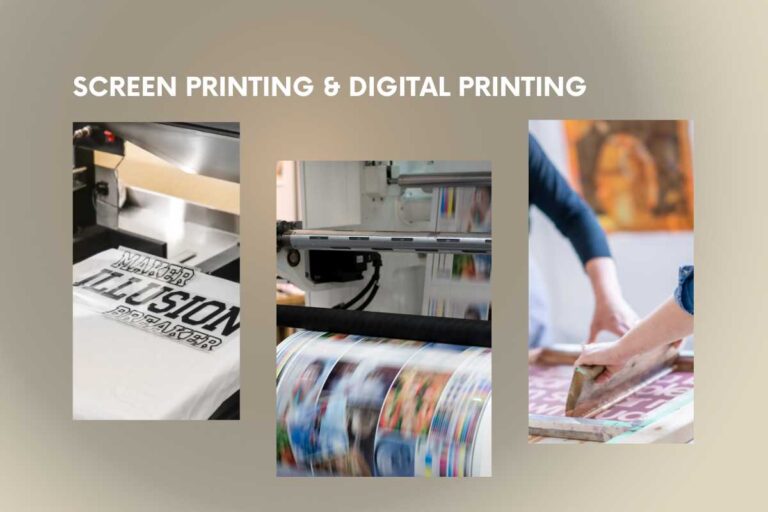5 Best Eco-Friendly products for a sustainable lifestyle
In today’s world, with environmental concerns taking center stage, consumers are more conscious than ever about incorporating eco-friendly products into their daily lives. From cutting down on plastic waste caused by single-use bottles and bags to embracing renewable energy solutions, the demand for sustainable alternatives continues to grow. This shift has led businesses to adapt and prioritize offering environmentally responsible products to meet the evolving needs of eco-friendly products.
The Rising Importance of Eco-Friendly Products
Before exploring the top eco-friendly products to sell in 2024, it’s essential to understand what’s driving their growing popularity. The shift toward sustainable goods stems from an increasing awareness of the need to reduce the environmental impact of our consumption habits while also enhancing personal well-being.
As the global population expands, the pressure on our planet’s limited resources intensifies. The overuse of non-renewable materials and unchecked waste production have contributed to severe pollution and environmental degradation. In today’s world, adopting eco-friendly products is no longer just a trend—it’s a necessity for safeguarding the future of our planet.
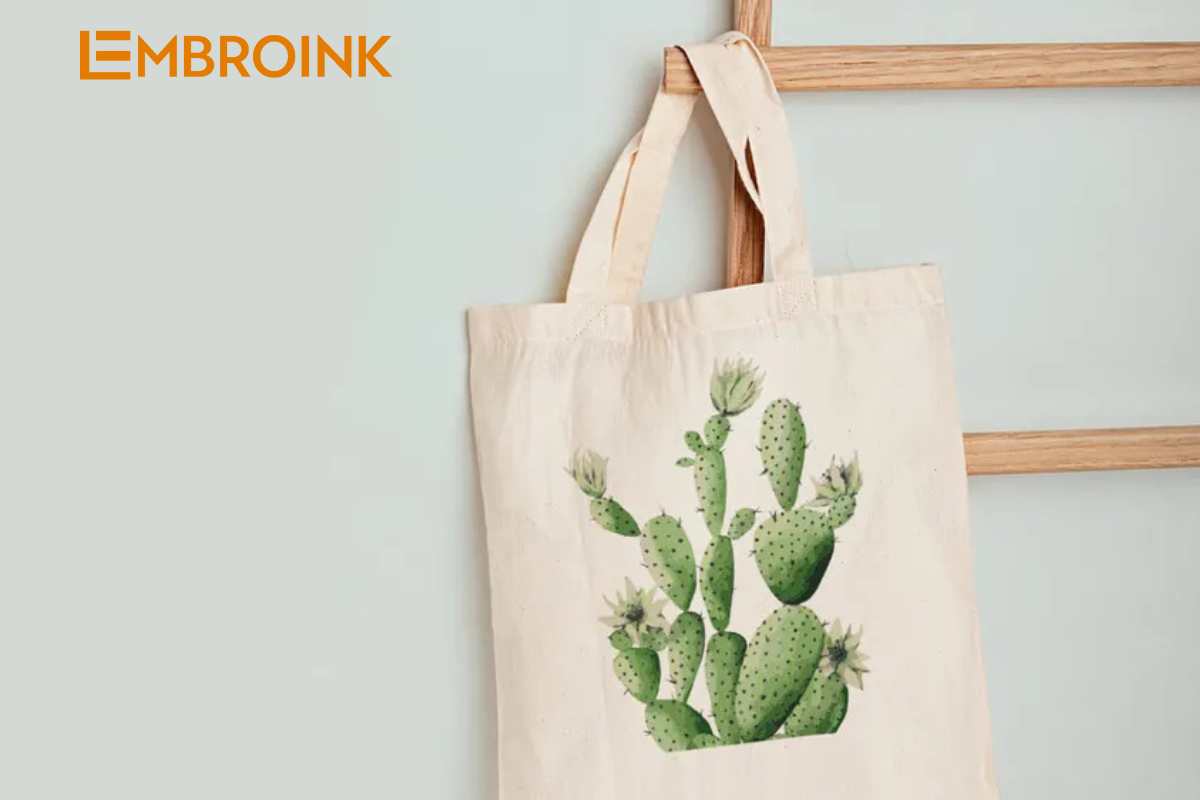
The Growing Demand for Sustainable Goods
The rising demand for sustainable goods is more than just a passing trend—it’s a conscious shift in consumer behavior. People are increasingly aware that their purchasing choices have significant and lasting impacts on the environment. By opting for eco-friendly products, they are actively contributing to a healthier planet and a more sustainable future.
Today, the range of eco-friendly products is broader than ever. From clothing made with organic cotton to non-toxic household cleaners, consumers have access to a wide variety of sustainable alternatives. This surge in demand has also sparked innovation, pushing companies to develop new and improved products that are both eco-conscious and high-performing.
The Environmental Impact of Consumerism
Consumerism has become a major driver of environmental degradation, fueled by a prevalent “throwaway culture” that prioritizes convenience over sustainability. This overconsumption of resources has resulted in massive waste generation and escalating pollution levels.
Everyday products, from single-use plastics to excessive packaging, play a significant role in this crisis. It’s estimated that over eight million tons of plastic waste enter our oceans each year, endangering marine life and disrupting delicate ecosystems.
Eco-friendly products offer a solution by promoting responsible consumption and providing alternatives made from sustainable materials. Biodegradable, recyclable, or renewable products, such as reusable paper towels or compostable packaging, allow consumers to minimize their environmental footprint while still meeting their needs.
The shift toward eco-conscious practices extends beyond individuals to businesses as well. More companies are recognizing the importance of sustainability and incorporating it into their operations. By adopting eco-friendly manufacturing processes, sourcing materials responsibly, and reducing waste, businesses can significantly decrease their environmental impact while appealing to an increasingly eco-aware customer base.

How to Select Eco-Friendly Products
When choosing eco-friendly products to sell in 2024, it’s essential to evaluate them based on key sustainability criteria. These factors ensure the products are truly eco-conscious, from production to disposal.
Material and Manufacturing Process
The foundation of any eco-friendly product lies in its materials and production methods. Opt for renewable, organic, or recycled materials that minimize environmental harm. For example:
- Organic cotton reduces the use of pesticides and conserves water compared to conventional cotton.
- Recycled plastic repurposes waste while lowering the need for virgin materials.
The manufacturing process should also prioritize energy efficiency and waste reduction. Implementing technologies like solar-powered factories, water recycling systems, or energy-efficient machinery helps lower the product’s carbon footprint.
To further reduce environmental impact, sourcing materials locally is key. For instance, using sustainably harvested bamboo from nearby forests for furniture production cuts down emissions associated with long-distance transportation.
Packaging and Distribution
Minimizing waste through sustainable packaging is critical. Choose biodegradable, recyclable, or compostable packaging materials, such as:
- Plant-based alternatives to plastic.
- Recyclable cardboard or minimalist, plastic-free designs.
Right-sizing packaging to fit products efficiently helps reduce material usage and shipping bulk. Innovative packaging, like compostable mailers or reusable containers, also appeals to eco-conscious consumers.
Distribution strategies can further reduce environmental impact. Consider:
- Electric or hybrid vehicles for deliveries.
- Partnering with local vendors to minimize transportation emissions.
- Consolidating shipments to lower fuel consumption.
Product Life Cycle and Disposal
Sustainable products should be designed to have minimal environmental impact throughout their life cycle. Prioritize:
- Durability: Products that last longer reduce the need for constant replacements. For example, modular electronic devices allow for easy repairs and upgrades, cutting down on e-waste.
- Recyclability and Compostability: Ensure products are easy to recycle or compost at the end of their life.
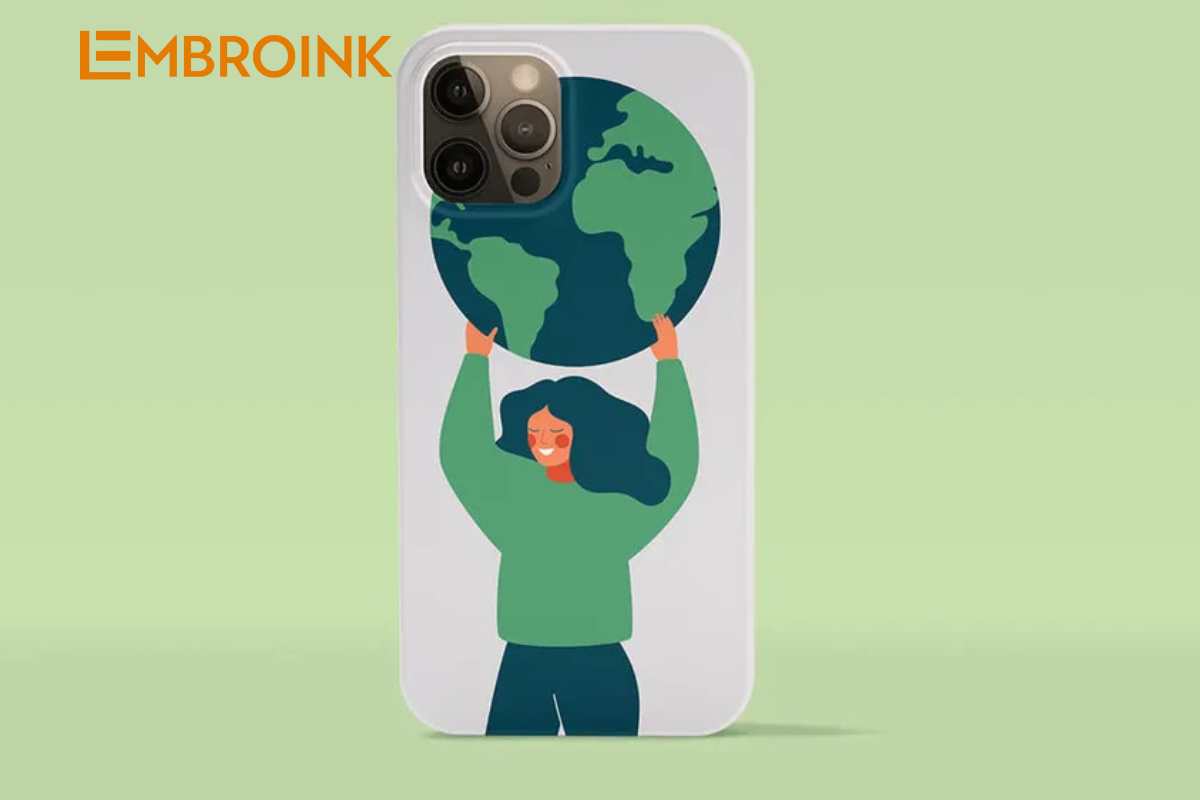
Encourage responsible disposal by offering:
- Take-back programs, where customers return used products for recycling.
- Clear guidelines on recycling or composting, ensuring consumers understand how to dispose of products sustainably.
By focusing on these criteria, businesses can select products that truly contribute to a greener future while meeting the growing demand for sustainability.
Top Five Products for Eco-Conscious Customers in 2024
As the demand for sustainable and eco-friendly products continues to grow, businesses can meet this trend by offering high-quality, locally produced merchandise. Here are the top five eco-conscious products to consider selling in 2024:
Sustainable Apparel
Eco-friendly apparel remains a cornerstone for conscious consumers. Gelato’s extensive print-on-demand network makes it an ideal solution for producing sustainable clothing such as t-shirts, hoodies, and sweatshirts. With local production centers in 34 countries, the platform significantly reduces shipping times, costs, and carbon emissions.
By printing locally and minimizing environmental impact, businesses can offer high-quality apparel that not only reflects their brand’s values but also appeals to environmentally conscious buyers.

Custom Mugs
Mugs are a versatile and timeless choice for both personal and corporate gifting. Through EmbroInk on-demand printing technology, businesses can offer custom-made designs that are durable and long-lasting.
Local production eliminates the need for overseas shipping and large inventories, making it a sustainable and cost-effective solution. Custom mugs, produced on demand, also cater to the growing demand for unique, eco-friendly merchandise.
Eco-Friendly Phone Cases
Phone cases have become an extension of personal style, making them a high-demand product. Gelato’s on-demand printing allows businesses to offer customizable, eco-conscious phone cases without the risk of overstock.
Local production ensures faster delivery times, reduces transportation emissions, and caters to the dynamic nature of phone models. Businesses can align with consumer values by offering stylish designs with minimal environmental impact.
Reusable Tote Bags
Tote bags are a must-have for eco-conscious consumers due to their reusable, practical, and stylish nature. Whether used for shopping, commuting, or as fashion accessories, these bags provide endless design possibilities.
Through Gelato’s platform, creators can produce eye-catching, durable tote bags locally, minimizing the carbon footprint of long-distance shipping. Reusable totes contribute to reducing single-use plastics and align with consumers’ sustainable lifestyle goals.
Sustainable Wall Art
Wall art enhances the aesthetics of any space while offering a creative canvas for artists and designers. Gelato supports on-demand printing for a variety of wall décor, including posters, canvases, and wood prints.
Printed locally with high-definition techniques, these products ensure vibrant colors, durability, and minimal environmental impact. By focusing on on-demand production, businesses can eliminate excess inventory and deliver high-quality décor in a sustainable way.
These five product categories not only meet the growing demand for eco-conscious merchandise but also allow businesses to reduce their carbon footprint while offering unique, high-quality goods.
How to Market Eco-Friendly Products
Effectively marketing eco-friendly products is crucial for attracting customers who resonate with your brand’s sustainability values. Below are key strategies to help you succeed:
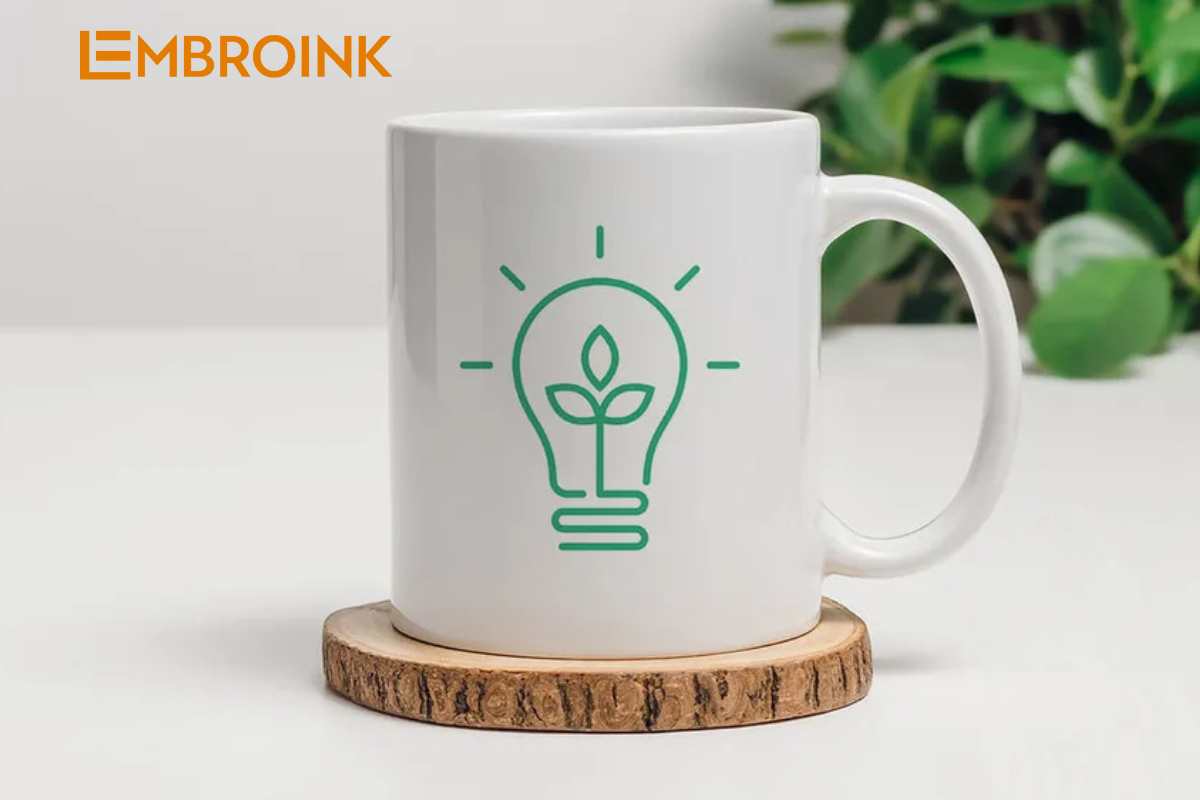
Targeting the Right Audience
To effectively market eco-friendly products, it’s essential to identify your target audience and tailor your strategies to resonate with their values and lifestyle.
Start by understanding the demographics, interests, and priorities of your audience. If your products appeal to young adults passionate about sustainable fashion, focus on campaigns that emphasize:
- Organic materials like cotton or hemp.
- Fair trade practices that support ethical production.
- Environmentally conscious manufacturing processes that reduce harm to the planet.
Similarly, for audiences committed to reducing waste, highlight features like:
- Recyclable or zero-waste packaging.
- Refillable products that minimize single-use plastics.
By aligning your messaging with the values of your audience, you can build a stronger connection, demonstrate the real impact of your products, and inspire customers to choose sustainability.
Highlighting the Environmental Benefits
When marketing eco-friendly products, it’s crucial to emphasize their positive environmental impact. Help consumers understand the issues your products solve and the lasting benefits of choosing sustainable alternatives.
For example, if you’re promoting eco-friendly cleaning products, explain how traditional chemicals contribute to water pollution and harm aquatic life. Contrast this with the eco-friendly benefits of your product, such as being biodegradable, non-toxic, and safe for the environment.
In addition, sharing success stories or case studies can make the environmental impact more tangible. Show how your products have led to real improvements, allowing consumers to see the difference they can make by choosing sustainable options. This approach not only educates but also inspires action, helping customers feel empowered in their choices.
Leveraging Social Media for Promotion
In today’s digital landscape, social media is a powerful tool for promoting eco-friendly products. These platforms offer endless opportunities to engage, educate, and inspire consumers while showcasing your sustainable offerings.
- Create Compelling Visuals: Share eye-catching posts that highlight the eco-friendly materials in your products. Behind-the-scenes videos showing your sustainable production processes can also create a connection with your audience, helping them understand the effort behind each product.
- Share Tips on Sustainable Living: Position your brand as a thought leader in the sustainability space by providing valuable advice on eco-conscious living. Tips on reducing waste, recycling, or using eco-friendly alternatives can build trust with your audience. Additionally, reposting user-generated content that showcases their positive experiences with your products can enhance engagement and strengthen customer loyalty.
- Collaborate with Eco-Influencers: Partnering with influencers who are passionate about sustainability can amplify your message and broaden your reach. Look for influencers whose values align with your brand and have an authentic following interested in eco-conscious products. Their endorsement can enhance your credibility, increase brand awareness, and ultimately drive sales.

